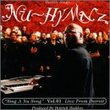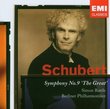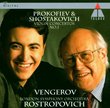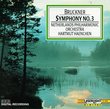| All Artists: Georg Philipp Telemann, Golden Age Orchestra Title: Telemann: Tafelmusik, Vol. 4 Members Wishing: 0 Total Copies: 1 Label: Naxos Release Date: 9/28/1999 Genre: Classical Styles: Chamber Music, Forms & Genres, Concertos, Suites, Historical Periods, Baroque (c.1600-1750), Instruments, Brass, Reeds & Winds, Symphonies Number of Discs: 1 SwapaCD Credits: 1 UPC: 730099473224 |
Search - Georg Philipp Telemann, Golden Age Orchestra :: Telemann: Tafelmusik, Vol. 4
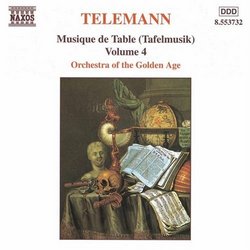 | Georg Philipp Telemann, Golden Age Orchestra Telemann: Tafelmusik, Vol. 4 Genre: Classical
![header=[] body=[This CD is available to be requested as disc only.]](/images/attributes/disc.png?v=15401716) ![header=[] body=[This CD is available to be requested with the disc and back insert.]](/images/attributes/disc_back.png?v=15401716) ![header=[] body=[This CD is available to be requested with the disc and front insert.]](/images/attributes/disc_front.png?v=15401716) ![header=[] body=[This CD is available to be requested with the disc, front and back inserts.]](/images/attributes/disc_front_back.png?v=15401716) |
Larger Image |
CD DetailsSimilar CDs
Similarly Requested CDs |
CD Reviews5 for Period style, 3 for Living Tradition: delicacy Frank T. Manheim | Fairfax VA | 11/23/2003 (4 out of 5 stars) "As with other of the earlier Tafelmusik disks in this set , the fourth disk begins with a multi-movement overture in a style whose "Frenchness"(.g. "Flaterie", and "Badinage") is hardly matched even by real French Baroque composers. It's hard to grasp how Telemann could have done it all: be a master of music for every instrumental combination, occasion, and national style (e.g. Les Nations), be sought after by the royal courts of his time, yet have a heart to provide interesting music for the amateur performer, and initiate the first public concerts in Germany; write his own poetry, and engrave his own music. Combine all this with his incredible productivity and it's not hard to understand why he was rated at the head of German composers. The most unusual instrumental feature in this disk is the concerto for two horns and strings in E. Although less technically demanding than Mozart's concerto work for this instrument, it's strong melodic inspiration and, as usual, effective use of the instrument make the concerto a favorite in horn student recitals.
Again, with respect to performance style, I did wish especially in the Quartet for flute, violin, cello and continuo, as well as other pieces for a bit more meat and less delicacy. The performers got bolder in the very last "Conclusion", a short but pungently complex conclusion to the opening Overture, scored for oboes, strings and continuo. Some of the harmonic and rhythmic interplays seem to touch even a bit of early 20th Century at times. I'm going to have to listen a number more times to figure out what I really think of how they did this one. Readers should note that the disk numbers do not correspond with the original Tafelmusik series, which are 3 in number." |

 Track Listings (24) - Disc #1
Track Listings (24) - Disc #1